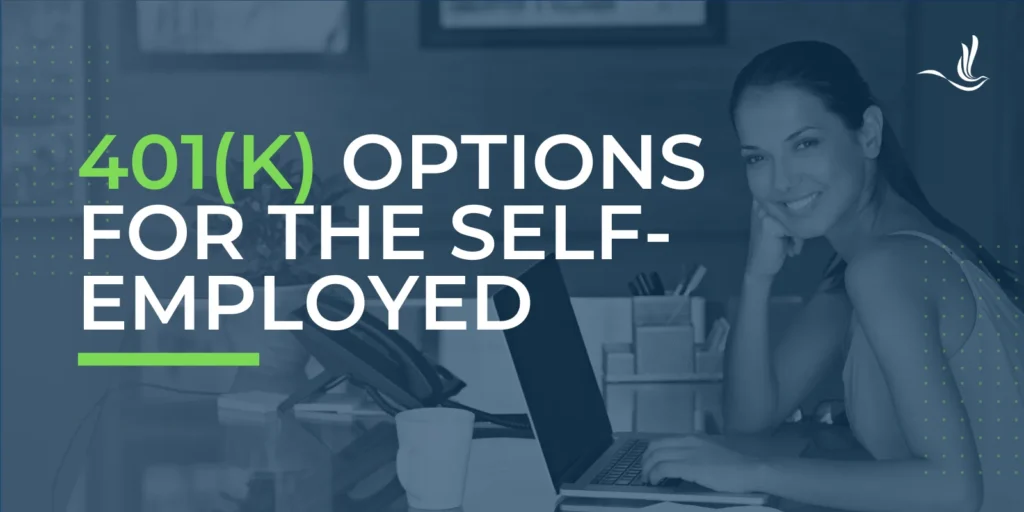A
A confluence of events over the past few years, including rising interest rates, a dearth of refinances and surging property values are driving some consumers to borrow against home equity. With a spate of securitizations and new issuers recently entering the market, investors are seeing a range of opportunities on offer as a result, coming from both established home equity lines of credit or loans and new alternative credit platforms.
“It will take years and years for the market to recover. And our thought is that even if interest rates were to fall 100 basis points, you’re still not going to see a refi boom,” said Bill Banfield, chief business officer at Rocket Cos.
Rocket Mortgage introduced a closed-end home equity loan in 2022 and has since issued three securitizations backed by its originations, with hopes to at least double that total for the remainder of 2024. The Detroit-based lender rolled out the lien in the same period
Since that upswing in product offerings, the secondary market has seen a wave of aggregators or originators offering HELOC-backed residential mortgage-backed securities, including Figure, Achieve, JPMorgan and Goldman Sachs all with issuances over the past 12 months. As the number of securitizations increase, it brings with it better pricing.
“In 2022, there was really no liquidity. There was not a secondary market for HELOC or home equity loans. Now that’s materially changed,” Banfield said.
“We’ve gone from taking the leap of faith that we’re going to use portfolio money to do proper risk management around that, to building out a buyer base, to then ramping up our securitization platform,” he said about Rocket’s strategy.
Huge potential — on a theoretical basis
While growing, numbers today just represent a tiny slice of the total addressable second-lien market that totals into trillions. In May, ICE Mortgage Technology reported home equity rising to a record $17 trillion in the first quarter this year, but other reports estimate it to be as high as $35 trillion. Home equity totals hit a record high in 2017 and the amount only increased in the years since,
“This is a real market, massive, huge,” he said. “It’s a borrower-demand question much more than a supply question at this point.”
According to Clayton, a due diligence solutions provider and reviewer of MBS pools prior to issuance, $12 to $14 billion worth of second-lien products are expected to be securitized in 2024 based on current trends. Volumes have grown by at least threefold in the past three years, the company said.
The rate of growth the market sees depends on what the consumer decides to do. “Borrowers in general, homeowners in America — are just not using that much debt,” Verkhoglyad said.
Although home equity securitizations have existed for years, the growth in issuances coming to market over the past several months may seem like a new development to some in the investment community, leading to hesitation. But the sentiment is largely shifting, as issuers have addressed some of the initial reasons driving investor wariness.
Concerns emerged in some industry offerings that included both closed-end junior loans and HELOCs, according to Banfield. “It made it more difficult to be transparent.”
“The investor has to understand what they’re investing in,” he said.
Rebuilding a market framework and investor confidence
With home equity originations languishing for a prolonged period when mortgage rates were at historically low levels, the financial structure supporting the secondary market also had to be created.
“The correspondent relationship had to get redeveloped around second liens,” said Pete Pannes, chief business officer at Covius, parent company of Clayton.
“It was something that had to re-emerge from the credit crisis,” but as those issues have resolved, “I think the market became very efficient,” Pannes said.
“There were entities that came to the table, like our clients, to regenerate capital to put back into the market and go upstream to the originators,” he said, referring to independent mortgage banks and other nonbalance sheet lenders.
Meanwhile, borrower performance also eased worries, according to Kyle Enright, Achieve’s president of lending. Since late 2022, the personal finance company has issued four rated securitizations backed by HELOCs from its home loan unit. Target customers for the HELOCs are concentrated among consumers with credit scores under 700, below the average of American homeowners.
For Achieve’s first securitization, “Nobody really looked at it seriously,” Enright said.
“We basically didn’t talk to almost anybody who was a traditional RMBS buyer because it was just too weird,” he added. But sentiment has shifted as some of the first originations reach their five-year point.
“I think a lot of the questions that investors had back early in the day have been answered for the most part. Other people joining the party has helped us,” Enright added.
HEIs bring something new to the table
The growth in home equity is also driving an influx of
Home equity investment, or HEI, products represent a new frontier for the secondary markets, though, as they are based on what seems like an unfamiliar business model. “It’s not a loan. It’s junior, and you’re living in equity appreciation,” Verkhoglyad said.
HEIs’ recent arrival means much of the industry will be learning about product performance and possible risk in real time, particularly if homeowners end up struggling or face foreclosure.
With the first lien prioritized, “There’s not going to be equity appreciation because you’re taking sales proceeds,” according to Verkhoglyad.
“The servicer is going to advance; they are going to be recouped. Legal fees, they’re going to be recouped. All those things are kind of going into the fold.”
A more significant question in the short-term might be whether HEI volume can build to a point to sustain demand in secondary market trading.
“Where do you consistently find these borrowers?” said Pannes, whose company also provides originations services for companies in the home equity investment community.
“There’s certainly enough equity out there. Can you find those borrowers? Can those borrowers find you to create substantial, substantially sized securities consistently enough, so it’s not a flash in the pan?” he asked.
Still, despite the unanswered questions, HEI securitizations are hitting the market, recently coming from the likes of Unison and Point, which issued its third in mid 2024. Other platforms have publicly announced intentions to issue transactions later this year.
The aggregators and investors drawn to the newer HEI products thus far appear to fit a different profile than purchasers of more established loans.
“We’ve got a set of clients that are your more traditional securitizers and investors that are dealing in closed-end seconds and HELOCs. We’ve got some of the newer folks in the niche for HEI. There is a little bit of crossover but not much to speak of at all,” Pannes said.
Recognition by stakeholders
A potentially pivotal point for HEI development in the investment community came with the addition of a ratings methodology by Morningstar DBRS a year ago. Kroll Bond Rating Agency followed with its own in early 2024.
“Based on the feedback we have received from the issuers, rated transactions allow for expanded investor base (and consequently better pricing) as certain investors are mandated to invest only in rated securities,” Morningstar’s leaders and researchers said in a comment.
In an April 2024 primer, the ratings service said it “anticipates continued interest in the features of the HEI product as it is a diversified source of funds for homeowners, as well as an attractive source of returns and diversification for investors.”
The value of a rating assigned to any type of home equity loan pool can be significant, making some attractive to a set of investors who might look for long-term returns based on creditworthiness, Enright said.
“These folks have been there since day one, participating in the AA tranche, buying that AAA slice, and they continue to do so,” he said of Achieve’s issuance history. “I think that appetite is also growing quite substantially,” he said.
Recent developments shone a spotlight on the role home equity liens might end up having in the home finance system, with Freddie Mac’s
No resolution appears to currently exist that the entire industry would likely find agreement. Freddie Mac said it intends to make a decision on the proposal in June.
But the suggestion of GSEs participating in the second-lien market points to how recent trends have shifted the conversation within the home finance system, as mortgage originations return at a slower pace than what many lenders would prefer.
The future of the market, though, is not entirely in lenders’ hands.
“We’re still talking about a space that is largely very nascent, and the question of how much it’s going to grow is far more a question of what borrowers want to do than lenders,” said Verkhoglyad.
Publisher: Source link











